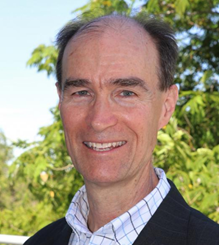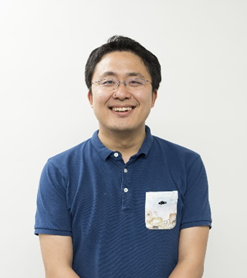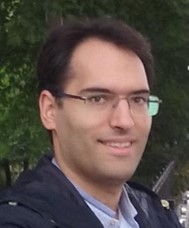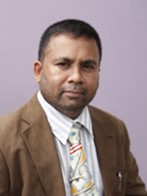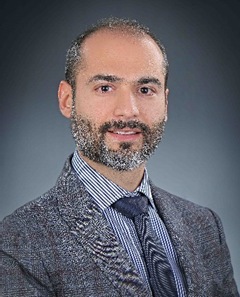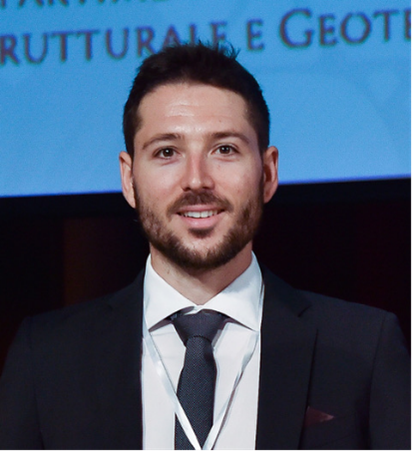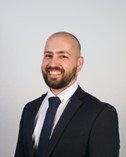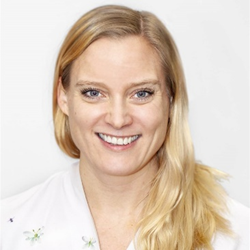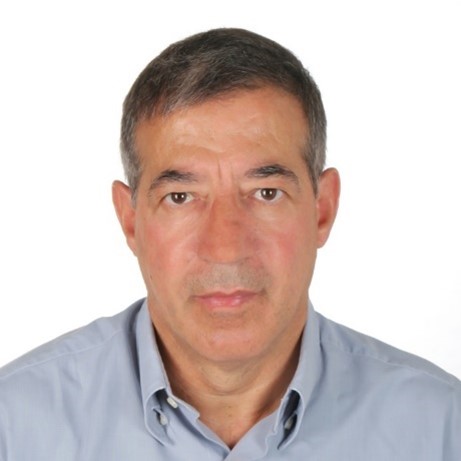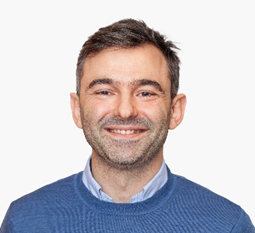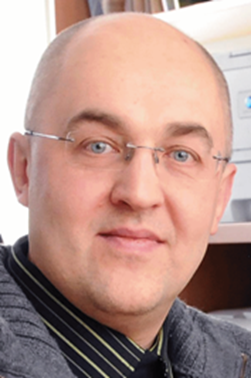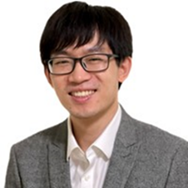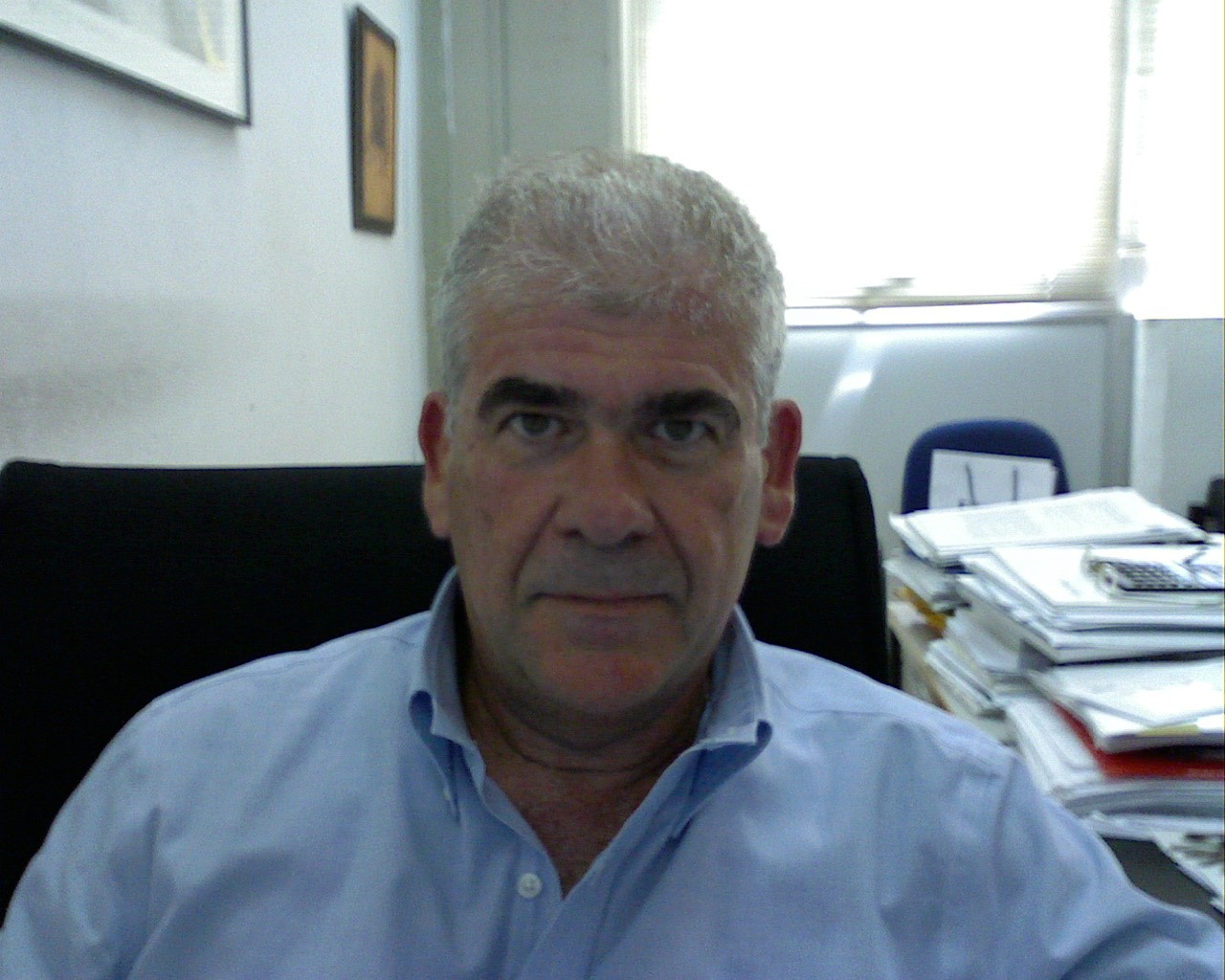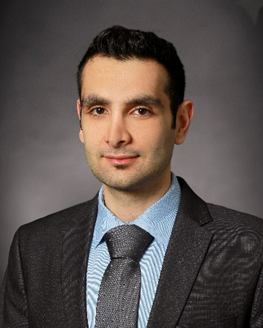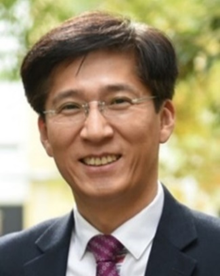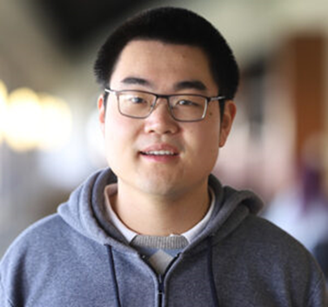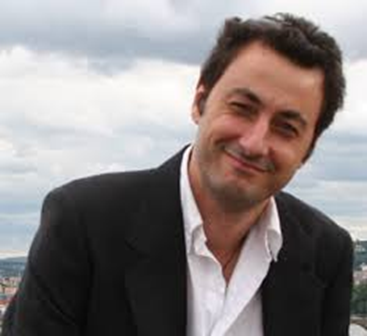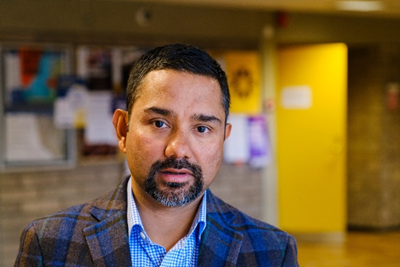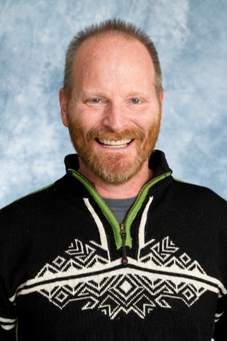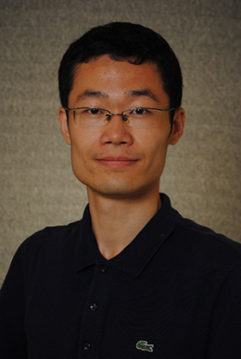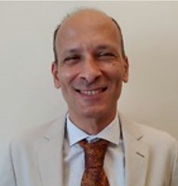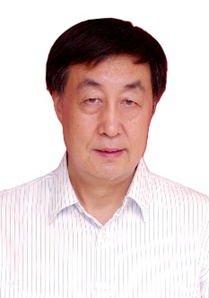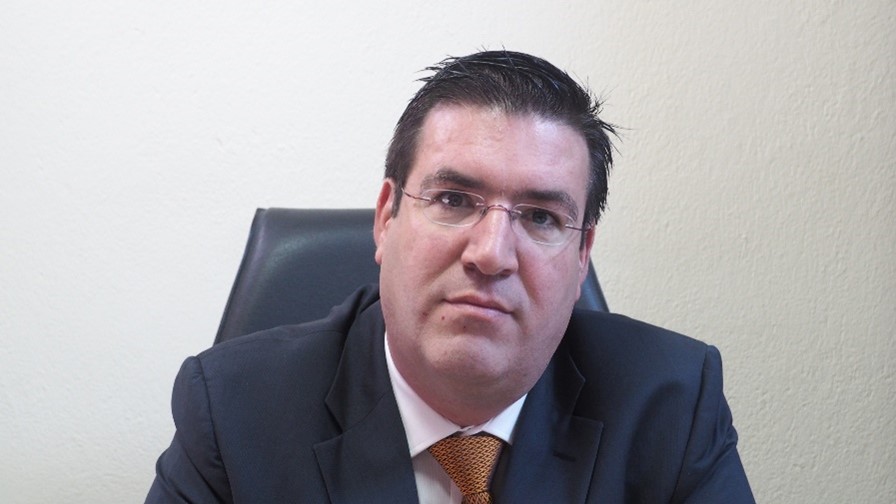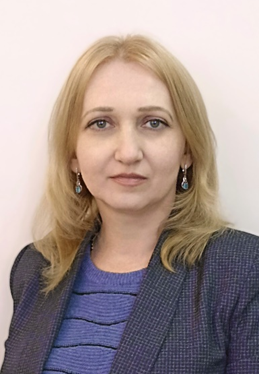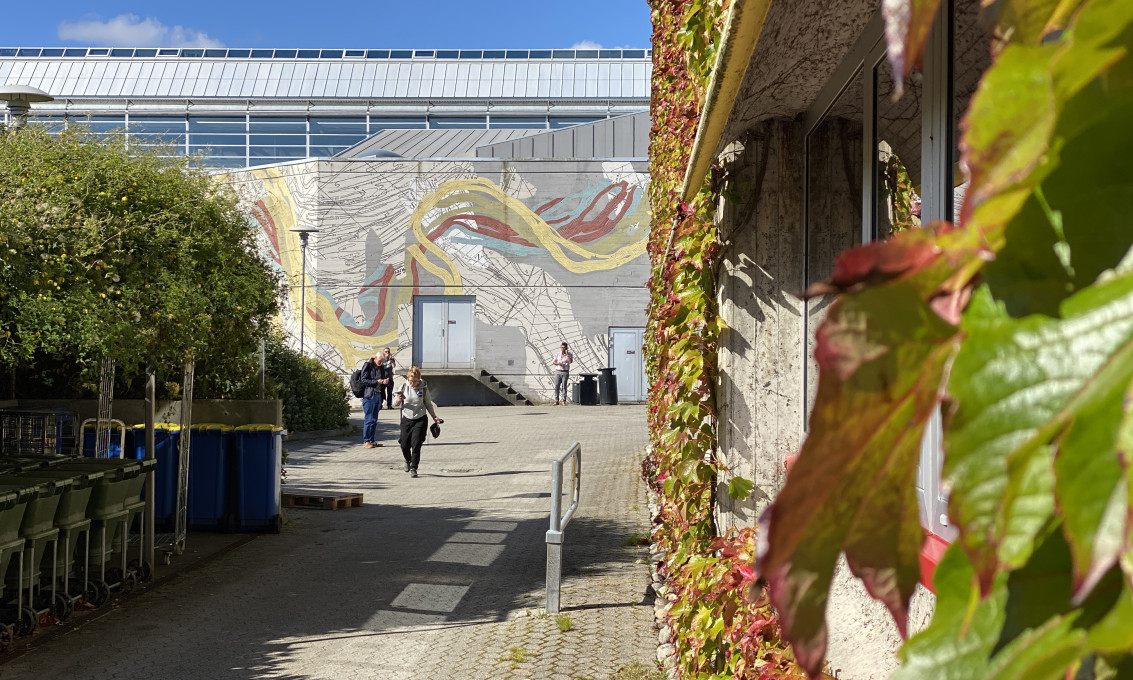An international congress and contest aiming to disseminate and evaluate the recent advances in different topics of engineering science as well as modern research topics in the 21st century, structural health monitoring, smart structures, smart cities, and sustainability.
10-14 June 2025
Stavanger, Norway
5 September
30 December
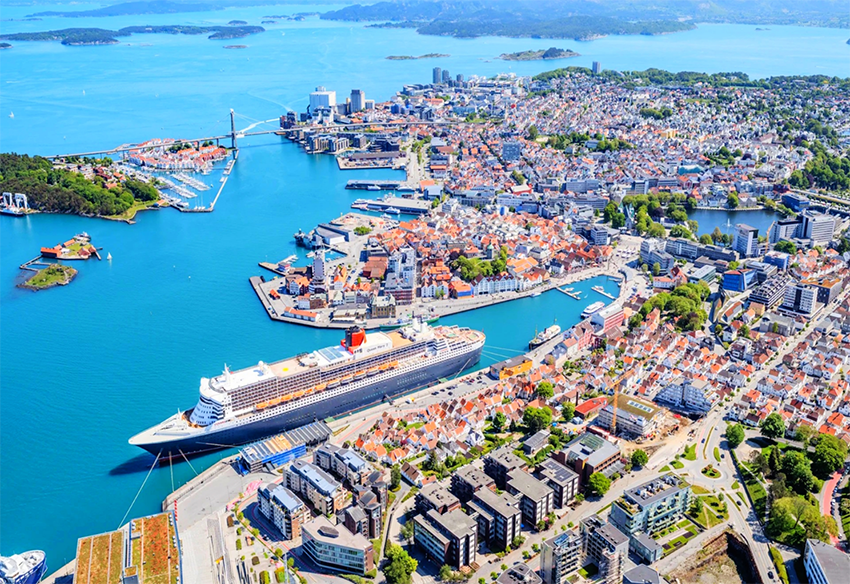
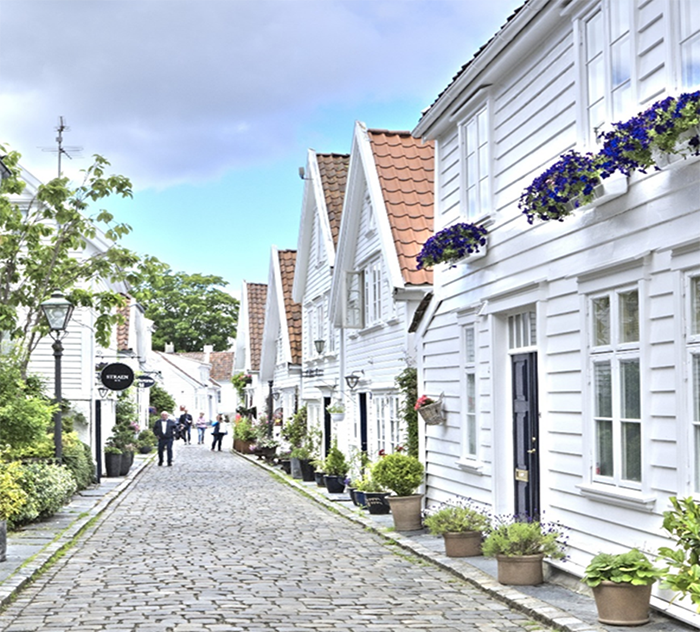
The old town, Gamle Stavanger
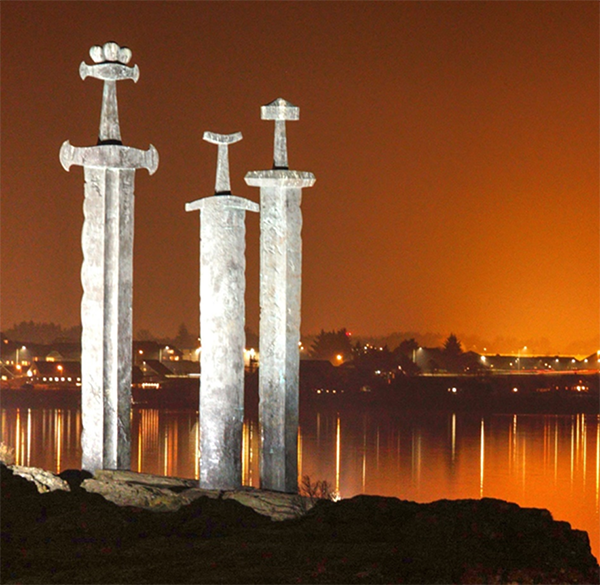
Swords in Rock, Møllebukta
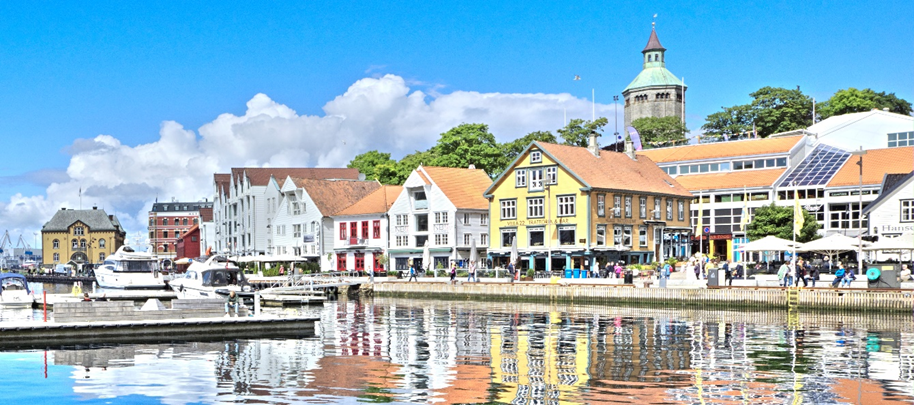
Vågen, Stavanger
About Olympiad in Engineering Science
Further to the success of the 1st Olympiad in Engineering Science that took place in Ancient Olympia, Greece, we’re thrilled to announce the 2nd Olympiad (OES 2025).

From the first Olympiad in Engineering Science, OES 2023.
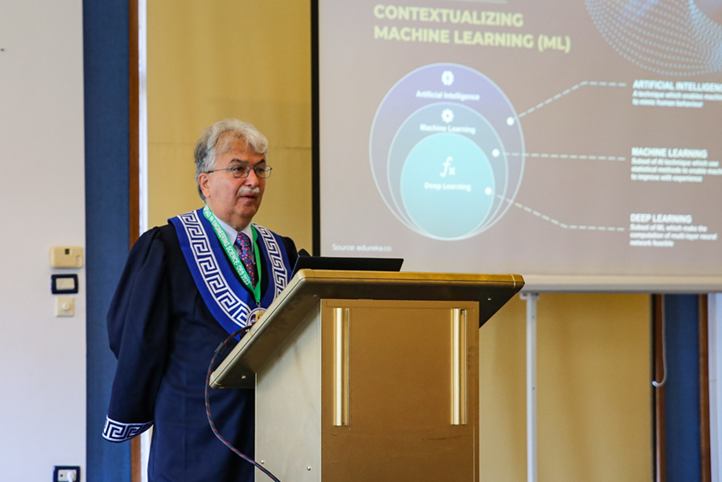
Professor Hojjat Adeli
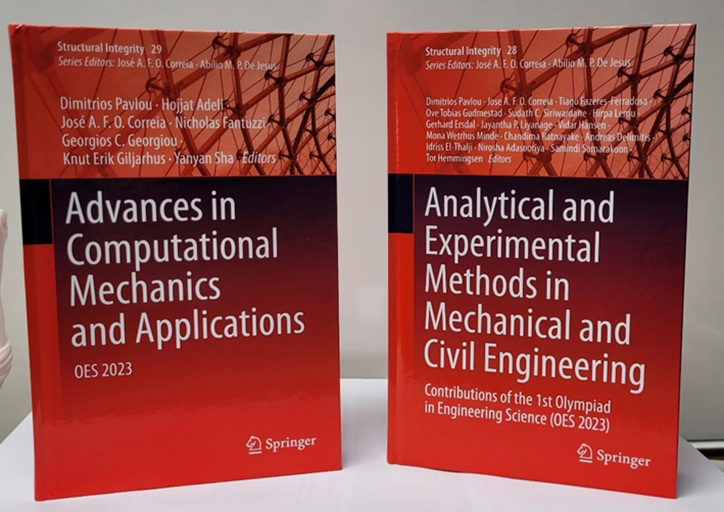
Springer-publications, OES 2023
The event will take place in Stavanger, Norway, in 10-14 June, 2025.
Olympiad in Engineering Science (OES 2025) is an international congress and contest focused on showcasing and evaluating the latest advancements in Engineering Science.
It’s a prestigious event where the world’s most influential scientific minds will meet to share knowledge and assess the novelty of the research presented.
Key Highlights
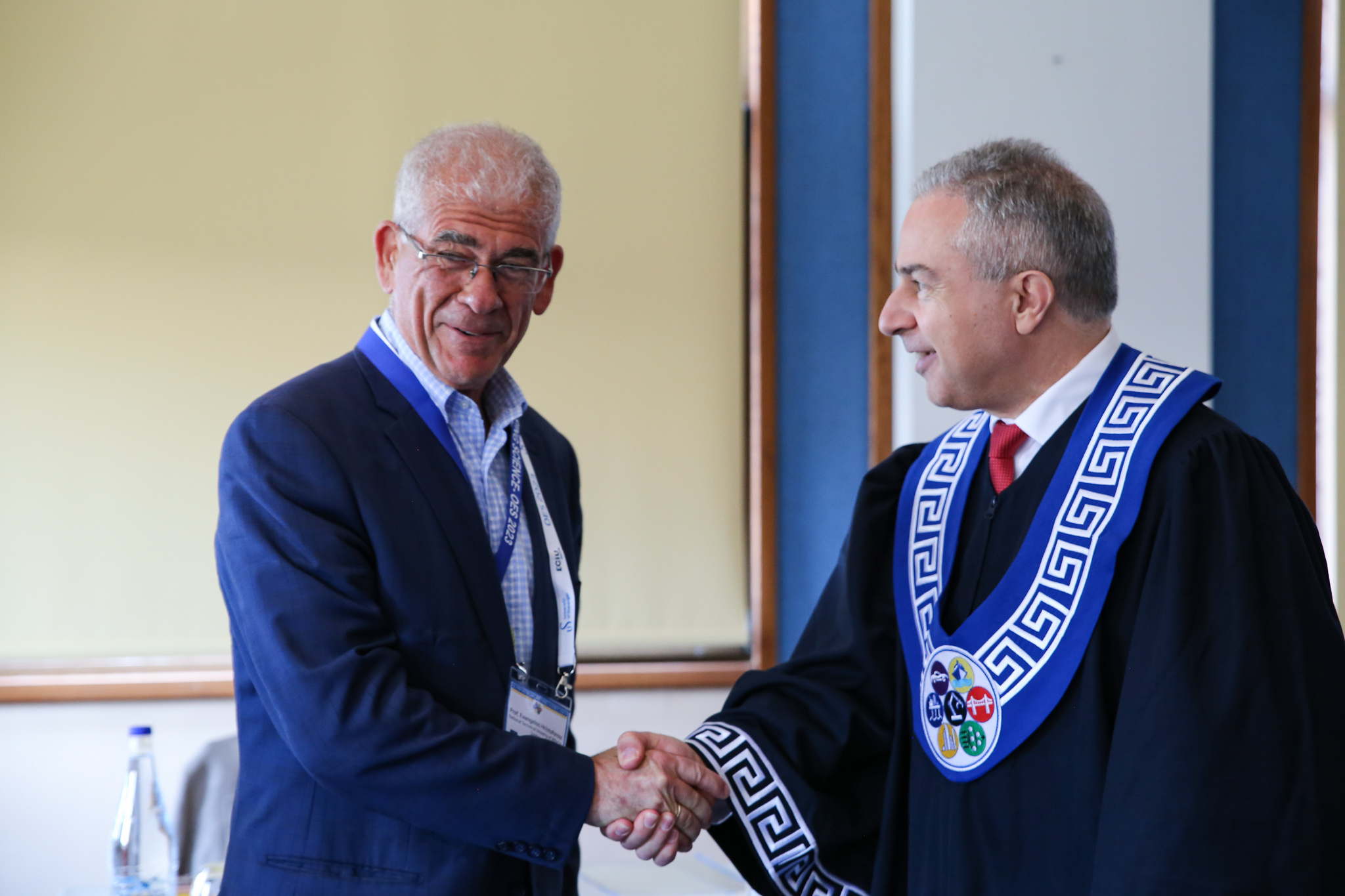
- Olympiad Medals will be awarded to the top 5 conference papers.
- The 2nd Archimedes Medal will be presented for outstanding achievements in Engineering Science.
- The inaugural Timoshenko Lifetime Achievement Medal in Mechanics of Solids will be awarded by the President of the Ukrainian Academy of Sciences.
- Special Issues: Substantially extended versions of the most innovative papers presented at the conference will be considered for publication in special issues of Computer-Aided Civil and Infrastructure Engineering and Integrated Computer-Aided Engineering.
- Publisher of the Conference Proceedings: Springer (Scopus Indexed)
Honorary Chair and Opening Keynote Speaker
Honorary Chair and Opening Keynote Speaker of OES 2025 is the legendary Professor Hojjat Adeli, from Ohio State University, USA.
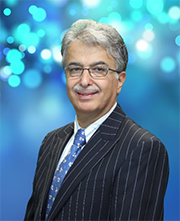
Title of the keynote speech: “Machine Learning: Innovations, Societal Impact, and Pitfalls”
Hojjat Adeli received his Ph.D. from Stanford University in 1976 at the age of 26. He is currently an Academy Professor at The Ohio State University where he held the Abba G. Lichtenstein Professorship for ten years. He has authored 647 research and scientific publications in various fields of computer science, engineering, applied mathematics, and medicine, including 16 ground-breaking high-technology books, and holds a United States patent in the area of design optimization. He is the recipient of 79 awards and honors including eight Honorary Doctorates and several Honorary Professorships. In 2010, he was profiled as an Engineering Legend in the ASCE journal of Leadership and Management in Engineering. He is a member of Norwegian Academy of Technological Sciences, a corresponding member of the Spanish Royal Academy of Engineering, a foreign member of Academia Europaea, Lithuanian Academy of Sciences and Polish Academy of Science, a Distinguished Member of ASCE, and a Fellow of AAAS, IEEE, AIMBE, and American Neurological Association. He is a Clarivate Analytics Highly Cited Researcher in three categories of Computer Science, Engineering, and Cross Field.
Chairman of the conference
Prof. Dimitrios Pavlou, University of Stavanger.
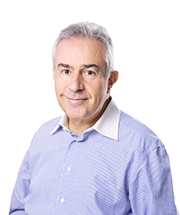
Dimitrios Pavlou is Professor and Chair of Advanced Mechanics of Solids at University of Stavanger, Norway, and Coordinator of Fatigue and Structural Integrity Group. In 2014 he was elected Academician of the Norwegian Academy of Technological Sciences. He has been awarded prestigious awards, like the 2022 Hojjat Adeli award “for Innovation in Computing”-Wiley, 2024 Robert Moskovic Award “for outstanding achievements in the Structural Health Monitoring field”-European Structural Integrity Society, 2024 Top Downloaded Article Award-Wiley, 2024 Halcrow Prize-Institute of Civil Engineers (ICE), UK, 2020 Key Scientific Paper Award - Advances in Engineering, etc.
Pavlou is Associate Editor in the journals “Offshore Mechanics and Arctic Engineering” - American Society of Mechanical Engineers (ASME), “Nondestructive Testing and Evaluation” - Taylor & Francis, “Maritime Engineering”-Institution of Civil Engineers (ICE), “Alexandria Engineering”– Elsevier, and Editorial Board member of the impactful journal “Computer-Aided Civil and Infrastructure Engineering”-Wiley. He is author of two books published by Elsevier, one research monograph, and Editor of several conference proceedings.
At the early stage of his career, he focused on the solution of Boundary Integral Equations of cracked dissimilar elastic media and he derived fundamental solutions for Mesh Reduction Methods in Boundary Elements. In 2015 he achieved for the first time the analytical solution of the dual integral equations describing the dynamic response of an elastic medium containing crack under transient loading conditions. Apart from crack problems, Pavlou has provided fundamental solutions for anisotropic axisymmetric shells (pipelines) under transient loads by accounting the hydrodynamic and material damping effects.
In the last years, his research efforts are oriented towards to improving the structural safety of engineering structures, especially oil rigs and offshore wind turbines. In 2016 he got a patent for developing the first fatigue meter for engineering structures, and in 2018 he published the theoretical tool of his patent, the theory of the S-N fatigue damage envelope that is a generalization of linear, double-linear, and non-linear fatigue damage models.
He has been project leader of EU and Norwegian research projects, and his research has attracted the attention of important industries, like Ford Motor Company.
Engineering Olympiad Timoshenko Lifetime Achievement Medal
Professor Anatoly Zagorodny, President of the National Academy of Sciences of Ukraine, will award the Engineering Olympiad Timoshenko Lifetime Achievement Medal.
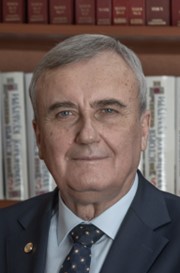
Anatoly Zagorodny (born January 29, 1951) is a Ukrainian theoretical physicist in the field of statistical theory of plasma and plasma-molecular systems, dusty plasma physics and condensed matter physics. Corresponding Member of the European Academy of Sciences, Arts and Humanities (2004); Full member of the National Academy of Sciences of Ukraine (2006); Corresponding member abroad of the Austrian Academy of Sciences (2012). IIASA Honorary Scholar (2020); Honorary Doctor of many Ukrainian and foreign universities (Dr.h.c.mult.). State Prize of Ukraine on Science and Technology (2005). Honored Leader of Science and Technology of Ukraine (2012).
Graduated from Kharkiv State University (1972); Ph.D in theoretical physics from the Bogolyubov Institute for Theoretical Physics (1978); Dr. Habil. in plasma physics (1990); Professor of Theoretical Physics (1998).
Since 1978, on research positions at the Bogolyubov Institute for Theoretical Physics. Professor of Taras Shevchenko National University of Kyiv (1991-2021). Professor of the National University “Kyiv-Mohyla Academy” (1992-2005). Director of the Bogolyubov Institute for Theoretical Physics (2002-2024). Chief Scientific Secretary of the National Academy of Sciences of Ukraine (2009-2011). Vice President of the National Academy of Sciences of Ukraine (2011-2020). President of the National Academy of Sciences of Ukraine (2020-present).
Editor-in-chief of the Ukrainian Journal of Physics; Chairman of the Advisory Board of the Karazin Kharkiv National University. Chairman of the Committee for the Paton National Prize of Ukraine (since 2021).
Author and co-author of seven books and more than 200 research papers on the theory of plasma, statistical physics, and kinetics.
Olympiad Scientific Committee (Alphabetical Order)
Publication Channels
The conference proceedings will be published by Springer.

The proceedings are indexed by the all the important bibliographic databases including SCOPUS.
Special issues of the journals Computer-Aided Civil and Infrastructure Engineering and Integrated Computer-Aided Engineering will publish substantially extended versions of the most innovative papers presented at the conference.
Venue
The 2nd Olympiad will be held at University of Stavanger, Norway.
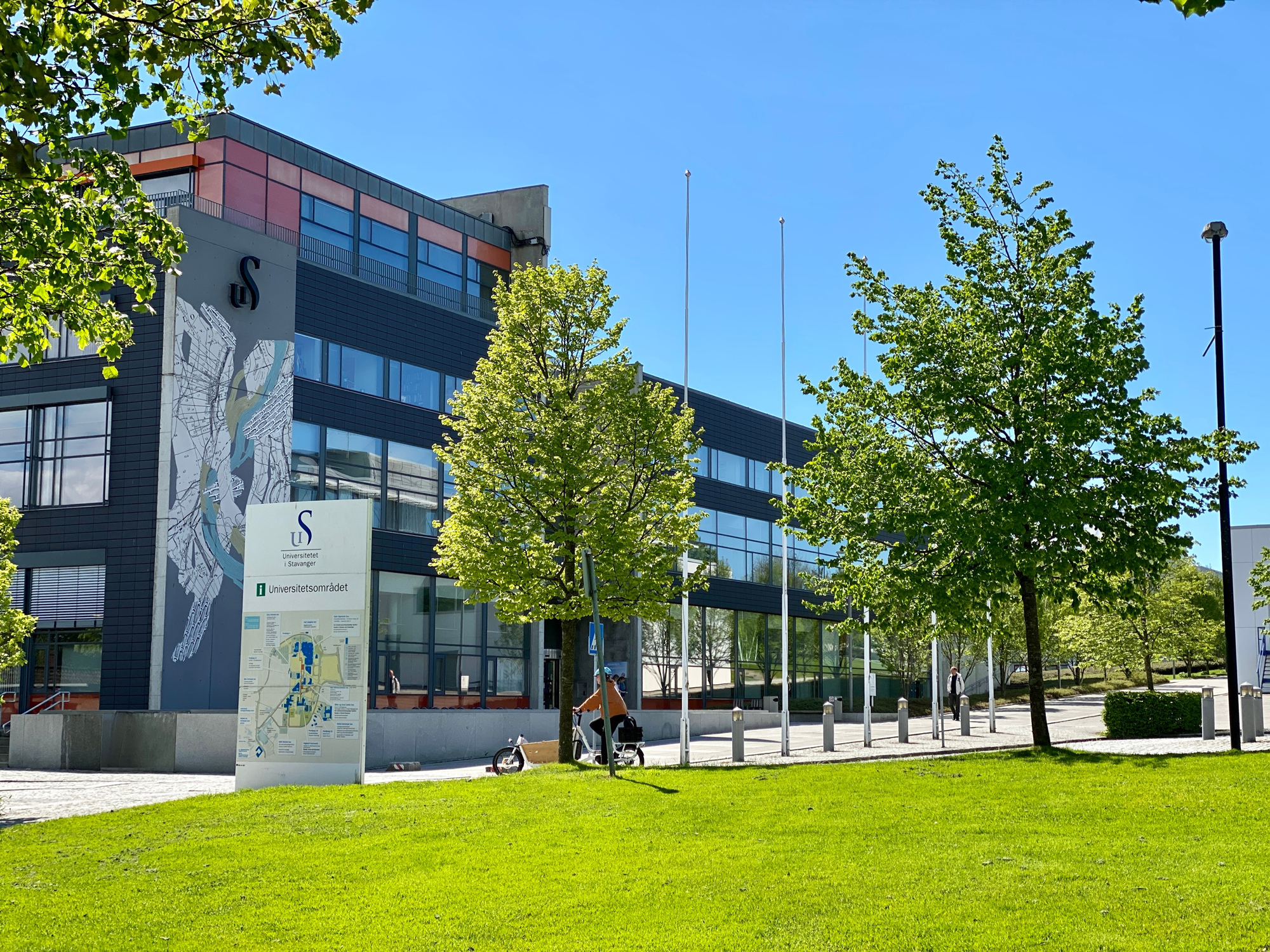
The University of Stavanger (UiS) is an innovative and international university. We constitute a driving force in the development of knowledge and change processes in society. Our societal mission is to challenge the well-known and explore the unknown.
UiS shall be an open university with a high degree of well-being among our students and staff. Green transition, energy, health and welfare, learning for life, a good learning and working environment are our priority areas. In interaction and dialogue with our surroundings regionally, nationally and internationally, we shall have an open and innovative climate for education, research, artistic development work, innovation, dissemination and museum activities.
The University of Stavanger is a member of the European Consortium of Innovative Universities ECIU.
University of Stavanger
The city of Stavanger
Stavanger is ranked as one of the best culture cities in Norway.
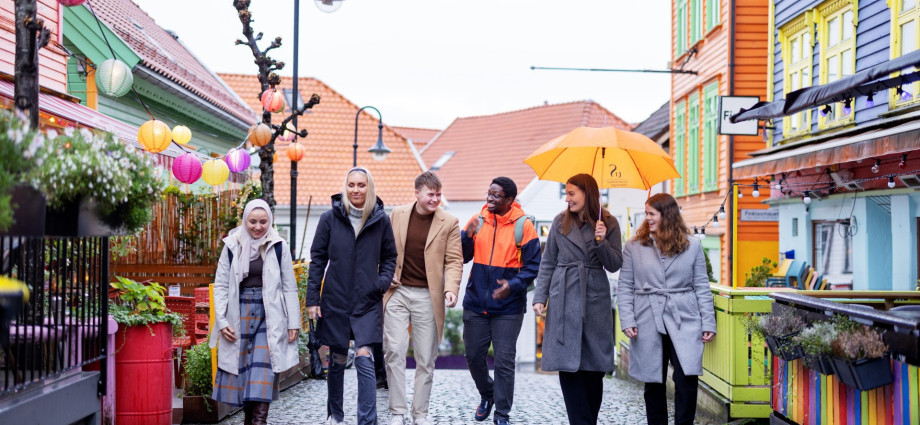
Stavanger offers an exciting cultural life. In the Stavanger region you can experience everything from colourful streets with cool art to forces of nature. Take in the fresh air in the harbour by the historic wharf houses or walk among the typical white-painted wooden houses in Gamle Stavanger. Suddenly you’ll find yourself in a street painted in all the colours of the rainbow.
Stavanger is also the perfect base for some of Norway’s most unique nature experiences. In the Stavanger region you’ll find white beaches, fjords and mountains. Why not explore the area by running on one of the many hiking trails close to the city, or go surfing at Borestranden beach? Plunge into the waves, try water kiting, or clear your head as you walk along one of the many mile-long Jæren beaches. If you’re looking for more breathtaking experiences, a bus or ferry ride distance away you can find the Pulpit Rock («Preikestolen»), Kjerag and the Lysefjord.
More information could be found on Visit Norway's web page.
Hotel reservation
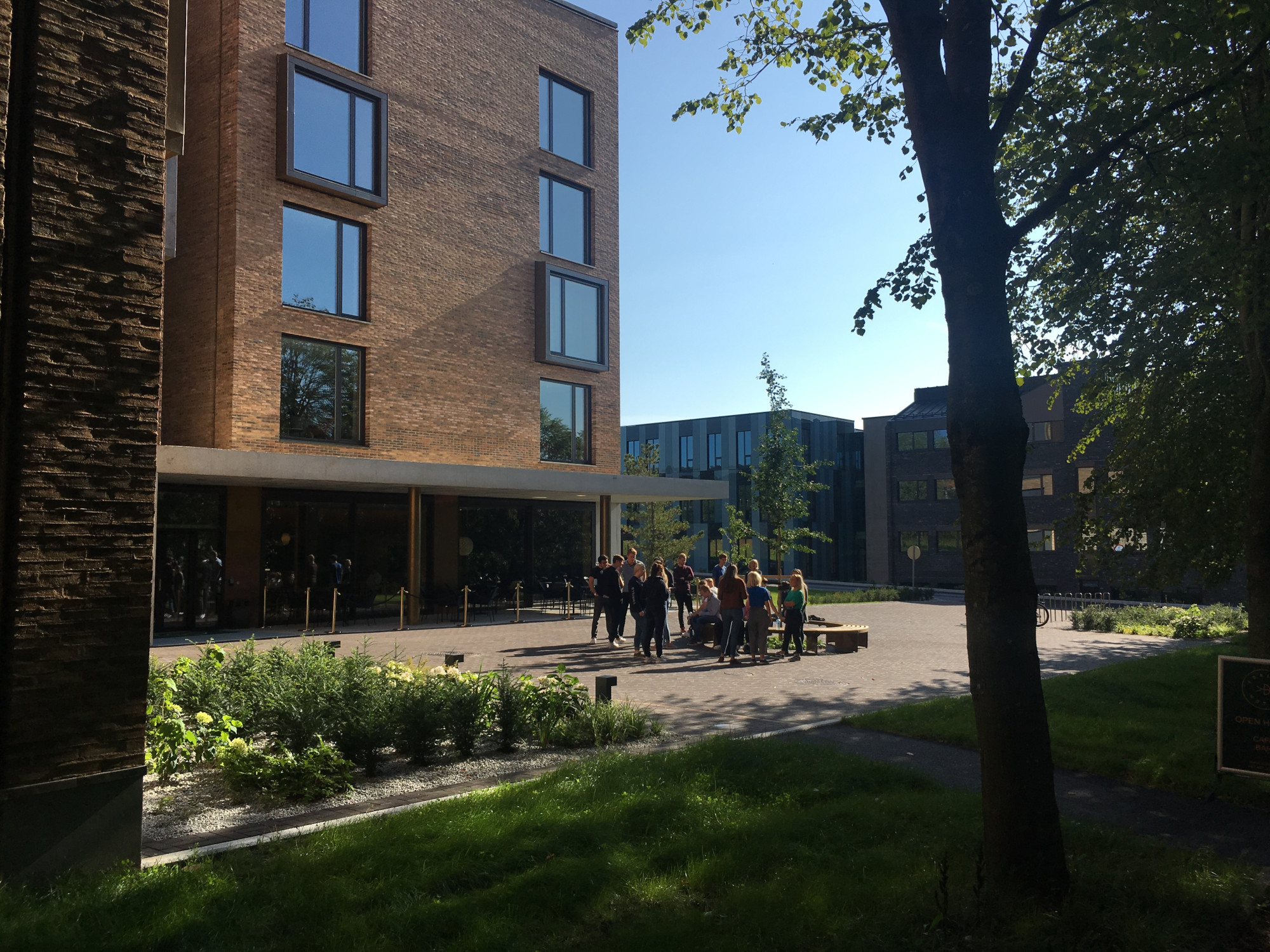
Here are some general recommendations of hotels:
- Ydalir (within the University Campus, 4 minutes walking distance from the venue)
- Thon Forum hotel
- Clarion Hotel Energy
- Clarion Hotel Stavanger
- Thon Hotel Maritim
Transportation to the conference venue
Sola airport is just 15 minutes drive from our conference venue, and about 20 minutes from the city centre of Stavanger.
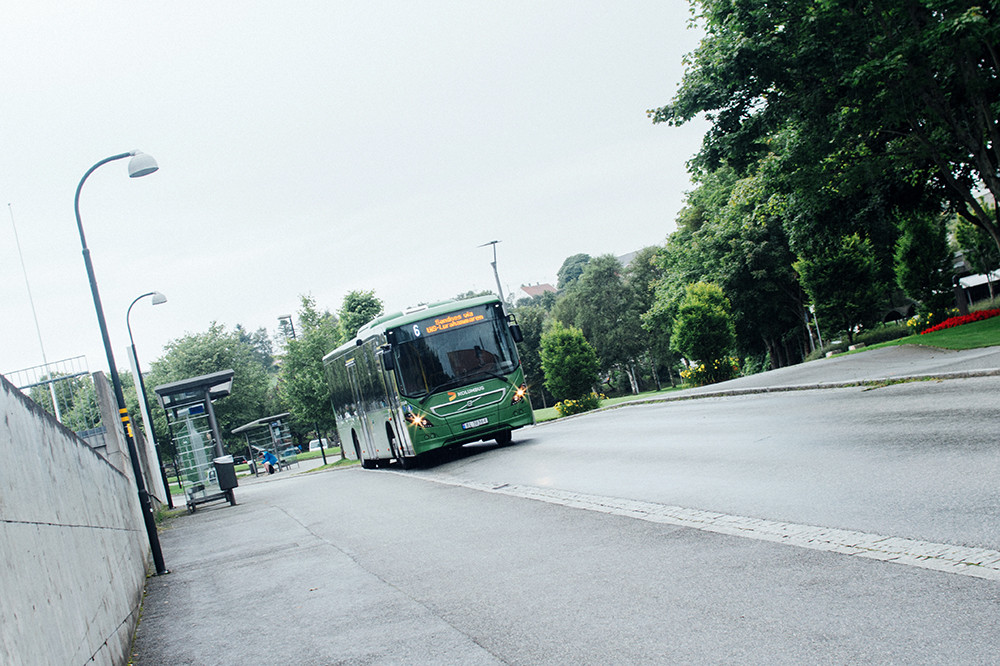
The venue for the conference is University of Stavanger (Kjølv Egeland's house). The use of public transport is encouraged.
For bus timetables, tickets and different modes of public transport, you can download the Kolumbus ticket app and Kolumbus realtime bus tracker app.
If you are taking a bus from Stavanger city centre, route X60, route 6, and route 7 bring you to UiS campus Ullandhaug. All these buses leave from the main central station area, around Breiavatnet lake. They stop at the bus stations Jernbaneveien H and Vaktapoteket A.
Airport bus to/from Ullandhaug
The airport bus passes via the UiS campus Ullandhaug at the bus stop UiS Vest. This means that you can take the airport bus from and to bus stops on campus Ullandhaug. Read about Flybussen Stavanger.
To find your way around the university campus you might want to download the Maze Map App for iPhone or Android.
Registration
| Registration Fee | Early registration before 28 Febr 2025 | Late registration after 28 Febr 2025 |
| Regular participants: | € 650.00 | € 850.00 |
Participants from developing countries: | € 350.00* | € 350.00* |
Students: | € 350.00* | € 350.00* |
Accompanying persons: | € 350.00 | € 350.00 |
The registration fee covers attendance of sessions, maximum three papers presentation and inclusion to the conference proceedings (Springer-Scopus indexed), the welcome reception (tapas), lunch during the conference days, coffee breaks, and the conference banquet.
*The conference banquet is not included in the reduced price for participants from developing countries and students. If participants from those two categories want to join the conference banquet, they should pay an additional amount of € 100.
Cancellation policy
In case of cancellation, a written notification should be sent to the conference secretary. If it is received prior to 15th March, 2025, registration fees will be refunded with a deduction of 50%. No refund can be made after 15th March, 2025.
Topics of the conference & key dates
- Machine Learning
- Computational Mechanics (FEM, BEM, Transfer Matrices, Finite Volumes)
- Fracture Mechanics, Fatigue and Structural Integrity
- Marine Structures, Pipelines, and Subsea Technology
- Wind Turbines, Renewable Energy Production-Saving-Transformation
- Structural Health Monitoring and Sensors Technology
- Mechanics of Advanced Materials and Composites
- Structural Dynamics and Vibrations
- Soil Dynamics and Earthquake Engineering
- Nanomechanics and Nanotechnology
- Non-Destructive Testing and Evaluation
- Smart Materials and Structures
- Hydrogen Storage and Transportation
- Additively Manufactured Materials and Technology
- Computational Fluid Dynamics
- Fluid-Structure Interaction
- Viscous Fluid Flow, Turbulent Flow, Multi-Phase Flow
- Robotics and Automatic Control
- Building Information Technology (BIM)
- Materials Science, Corrosion and Corrosion Protection
- Engineering Mathematics, Numerical Analysis, PDFs, Nonlinear Systems
- Multiphysics Simulation
- Sustainable Cities, Green Energy Transition, and Circular Economy
- Safety of Buildings, fire protection, environmental hazards
5 Sept.- 30 Dec. 2024
20 Mar. 2025
5 Jan. 2025
31 Mar. 2025
28 Feb. 2025
10 Apr. 2025
10 Mar. 2025
Special Sessions
Contact
Faculty Administration TN
Project Support and PhD Administration TN
Department of Mechanical and Structural Engineering and Materials Science
